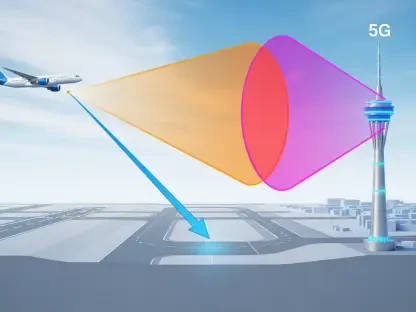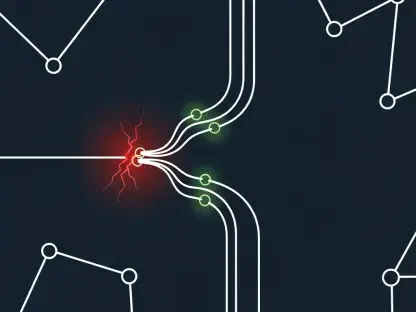The Federal Communications Commission (FCC) has announced pivotal new regulations intended to enhance the sharing of the 37 GHz spectrum band. This is a key component in the advancement of wireless backhaul, broadband, and Internet of Things (IoT) services, which collectively play a significant role in expanding mobile network capacity. In response to a proposal from the Department of Defense and the National Telecommunications and Information Administration, the FCC adopted a detailed framework that prioritizes spectrum use. Notably, this framework grants the Department of Defense priority access to the 37-37.2 GHz range while ensuring balanced co-equal access from 37.2-37.6 GHz for both federal and non-federal entities. Emphasizing the need for clear regulations, this approach underscores the importance of structured, coordinated sharing between fixed and mobile terrestrial operations, while also accommodating space-to-Earth and fixed satellite services.
The New Rules and Their Implications
Under the new rules, the FCC sets stringent out-of-band emission limits designed to protect passive receivers and enhance the overall efficiency of spectrum use. Safeguarding these receivers is crucial as it helps prevent interference that could otherwise compromise various communication services. These measures complement the 2019 millimeter-wave spectrum auction for the upper 37 GHz band, further consolidating regulatory frameworks. Reflecting on these regulatory updates, FCC Chairman Carr noted the significance of the new licensing framework. It mandates that users seeking to engage within this spectrum space must obtain a nationwide, non-exclusive license. Additionally, users are required to commence operations within one year of obtaining their license, a move poised to unlock 600 MHz of spectrum for burgeoning innovations. This proactive regulatory restructuring aims to remedy past challenges where a lack of clarity in shared use discouraged investment and innovation.
Toward a Future of Wireless Innovation
Commissioner Starks has emphasized the crucial need to optimize spectrum opportunities for consumers, placing the FCC’s consumer-centric initiative at the forefront. The FCC’s call for public comments on topics like clutter in spectrum coordination reflects its dedication to transparency and flexibility. Their work on an automated portal and exploration of dynamic spectrum methods exhibit the FCC’s progressive approach. As feedback from the public and industry comes in, this effort exemplifies the FCC’s commitment to cultivating an environment conducive to wireless innovation and efficient spectrum usage. By implementing these transformative measures, the FCC is paving the way for a future in which spectrum management evolves alongside technological advancement, ensuring a careful equilibrium between federal and non-federal usage. These collective efforts mark an essential step in the national agenda for spectrum management and innovation, setting the stage for significant progress in wireless technologies and services.









